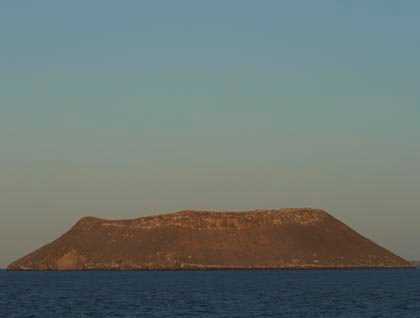After spending the whole day yesterday in Puerto Ayora which is in the southern part of Santa Cruz Island, today we spent the entire day in the northern part of the same island.
No one could believe it; we were actually still on the same island but in a very different location and away from civilization.
That is the reason Galapagos is a very special archipelago, because the precipitation in the Galapagos varies and depends of many different factors; such as: time of the year, location, altitude and what’s even more interesting, year after year the rainfall varies too.
Pioneer species had to adapt to survive in these drastic and barren conditions, and after millions of years of adaptation, we have what we call our endemic Galapagos animals such as: mocking birds, finches, penguins, marine and land iguanas, lava gulls, doves and fly-catcher, which by the way are endemic to the archipelago and are found nowhere else on our planet. All of them were spotted in a single day of exploration, and with no need to mention other important sightings that made our day a perfect one.
In the morning we actually had the chance to disembark to explore Dragon’s Hill, which is located in the north side of the same Island. Our main interest was to search for Land Iguanas, and we saw lots of them. At the same time we learned that these terrestrial iguanas were close to the brink of extinction, and thanks to our breeding center, they are one more time roaming in the wild.
It was a very intense morning activity, full of joy. For the afternoon we sailed onboard the National Geographic Endeavour searching for whales and finished our day circumnavigating Daphne Major, which is probably the only island where evolution has been studied for about 40 years already, by Peter and Rosemary Grant.







